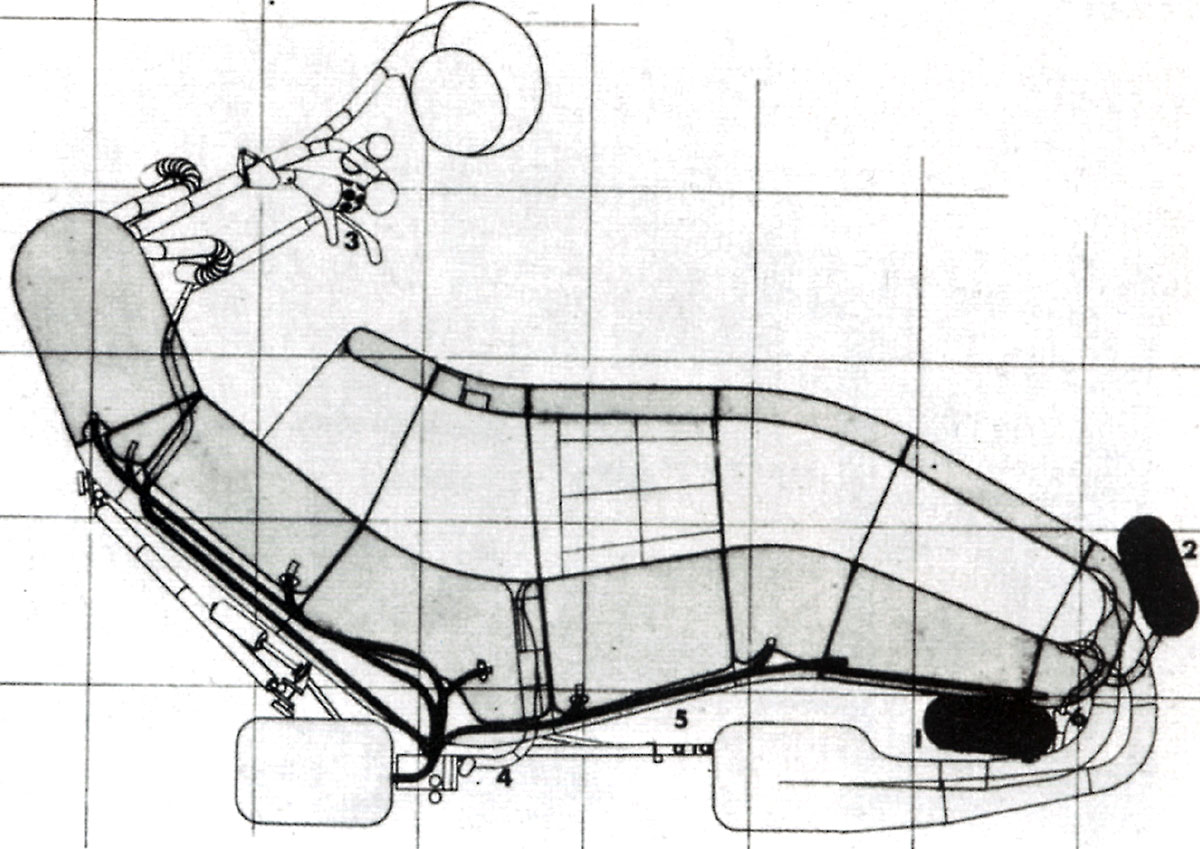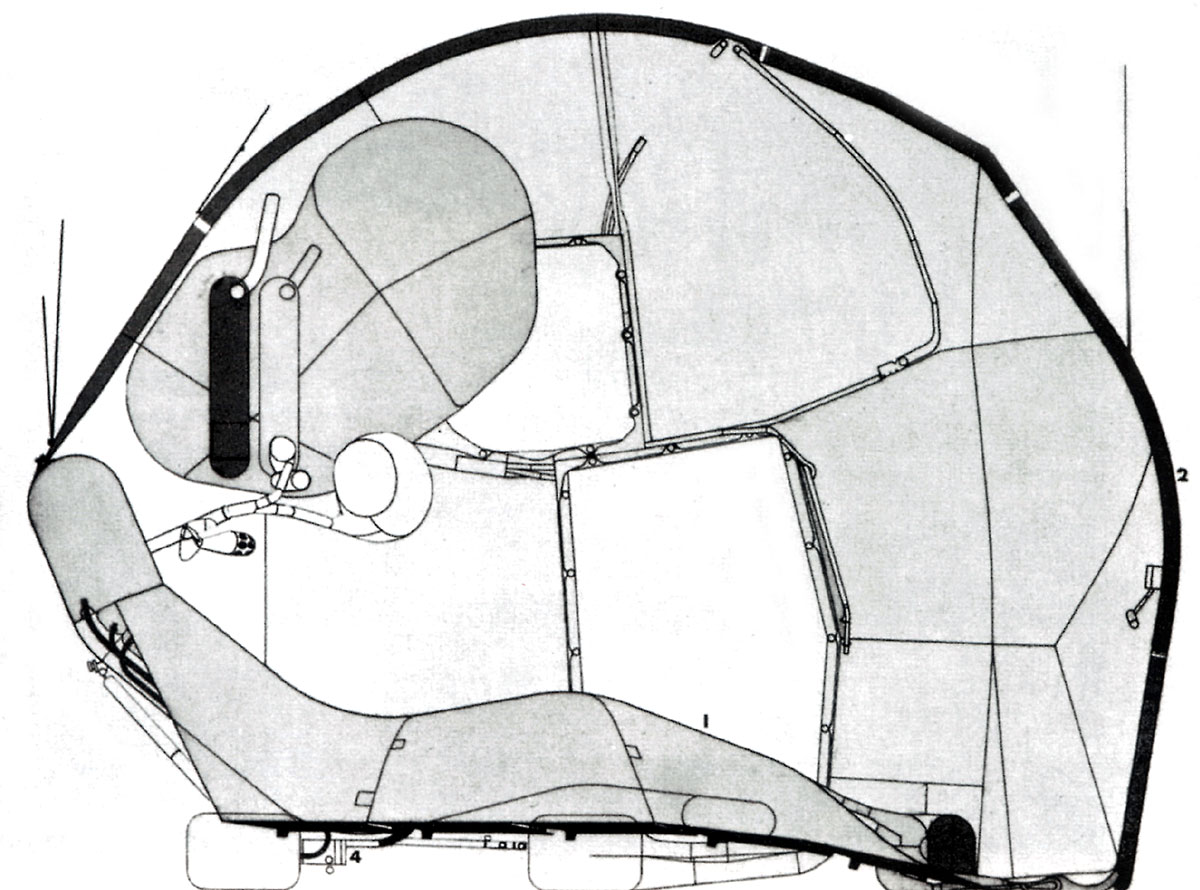Phases of Life 3: Living at Death’s Door
Not dead yet
Nicholas Sammond
The living room of tomorrow will serve as a conduit between the quick and the dead. An example: after his passing in 1966, a rumor surfaced that Walt Disney had himself placed in a cryogenic suspension capsule to be preserved until he could be revived in a more medically sophisticated future. (One version of this legend has only Disney’s head frozen—perhaps to be attached to an audio-animatronic body at some later date. Another has him, like a pop-capitalist Mao, producing a series of filmed five-year plans through which he could direct his employees’ activities in perpetuity.)[1]
Though it is well-established that Disney was cremated two days after his death, the legend persists to this day. This is perhaps due to his company’s pioneering automation of live performance via audio-animatronics, or to his reputation for rendering the inanimate lifelike. But it is also tied to his apparent fascination with technologies of the future. During the 1964–1965 New York World’s Fair, Disney produced the General Electric Carousel of Progress, in which an audio-animatronic family moved through four scenes that demonstrated the centrality of electricity to the lives of today and tomorrow. Shortly before his death, Disney also made a film promoting EPCOT—the Experimental Planned Community of Tomorrow—which was to be the centerpiece of Disney World. EPCOT, which didn’t open until 1982, was to be a fully functioning and completely self-contained community, a bubble of the future suspended in the medium of the present.[2]
Disney’s death was also bracketed by several important developments in the history of suspended animation. In 1964, the concept of cryonic suspension caught the popular imagination with the publication of Robert Ettinger’s The Prospect of Immortality.[3] After a few tragic failures, in 1967 the first (perhaps) successful cryonic suspension was performed on Dr. James Bedford. Since the 1970s, cryonic suspension societies and companies have come and gone, but the idea lives on.
Ultimately, though, we don’t know what linked Walt Disney so firmly to the notion of cryonic suspension. We do know, however, that he had long traded on his association with childhood and with children, who are often imagined as time machines in their own right, engrams of the future that we can program in the present. Perhaps more important, though, was the way that Disney spoke of the future. In the Disney lexicon, the future was not distant; it was simply “tomorrow,” as in Tomorrowland, achingly close, but just out of reach.
Yet EPCOT had less in common with modernism’s hall of mirrors than it did with another architectural vision of the future made manifest: Archigram. Founded in 1963, this British architectural collective celebrated an architecture of the future driven by consumer capitalism and imagined as a bubble floating in eddies formed by the currents of history as they swirled past the rectilinear forms of a dying high modernism. Although Archigram ultimately produced no actual buildings, the architectural future they imagined lingers in such diverse forms as blow-up furniture and inflatable tennis courts. By the end of the 1960s, collective members Mike Webb and David Greene would reduce the modular, transparent fantasy of futuristic communalism epitomized by the work of Mies Van der Rohe to the Cushicle and Inflatable Suit-Home. These self-contained body suits provided the wearer with food, water, radio and television, replacing the exhibitionistic skin of the modernist high-rise with the monadic privacy of absolute self-containment.[4]


It is a small step from Archigram’s living room of the future, which brought space travel down to earth, to the cryogenic chamber as time capsule. The living room of the future becomes not the fantasy of an ideal domesticity set in a proximate future (à la EPCOT or George and Jane Jetson), but a destination that the future itself will visit. It doesn’t require the transparency that Mies imagined would erase the spatial boundary between inside and outside, public and private. Nor does it necessitate the less congenial self-containment of Cushicle, in which the synthesis of consumption, entertainment, and elimination removes the need for other forms of either social or spatial intercourse. There is only one piece of furniture in cryonics’ living room of the future: a freezer. Still, it is imagined as a bubble, and one around which history will flow as it bobs in its stream. Or, as the Alcor Corporation, purveyor of cryonic suspension puts it, the occupants of its cryonic chambers “are being transported to future medicine.”[5]
Yet perhaps where cryonics most differs from other architectures of the future is that it has its better and worse neighborhoods. While occupants of Alcor’s quarters are suspended in shiny stainless-steel cylinders in a modern industrial park, others who await a visit from the future inhabit less ostentatious digs. The building that houses the living room of “Grandpa” Bredo Morstoel—whose suspension is celebrated annually in the Nederland, Colorado, Dead Guy Days festival—is a Tuff Shed somewhere in the mountains outside of Nederland. His freezer unit is made of aluminum and he is stored in common dry ice. Yet Bredo’s caretakers insist that Grandpa will nonetheless one day return, “Just like Walt Disney. ... Except Uncle Walt has a nice, cozy, 24-hour monitored, high tech LN (Liquid Notrogen) [sic] Dewar he lives in ... like a penthouse.”[6]
- For a summary of this myth, see www.snopes.com/disney/waltdisn/frozen.htm.
- Actually, EPCOT is annually renamed—as in ‘EPCOT 2004’—to reflect its location in the present and its inclination toward a future that is always almost immediate. See Dave Smith, Disney A to Z: The Official Encyclopedia (New York: Hyperion, 1996). EPCOT is also not so much a planned community as it is a running infomercial for corporate sponsors interested in linking their products to an ideal future. Disney’s actual planned community, the nearby Celebration, actually trades on an ideal past.
- Robert Ettinger, The Prospect of Immortality (New York: Doubleday, 1964).
- Joel Sanders, “Archigram: Designs on the Future,” Artforum, October 1998.
- See www.alcor.org/AboutAlcor [link defunct. The current “About” page, available at https://www.alcor.org/about, no longer uses this language—Eds.]
- www.frozendeadguy.com/history.htm [link defunct—Eds.].
Nicholas Sammond is assistant professor in the Media and Society Program at Hobart and William Smith Colleges. He is the editor of Steel Chair to the Head: Essays on Professional Wrestling (Duke University Press, 2004) and the author of The Uses of Childhood: The Rise of Walt Disney and the Generic American Child, 1930–1960 (Duke University Press, 2005).